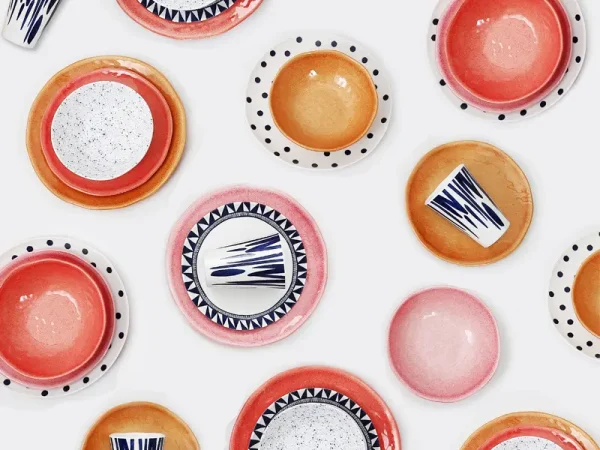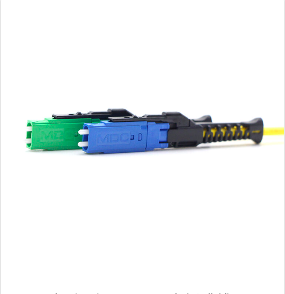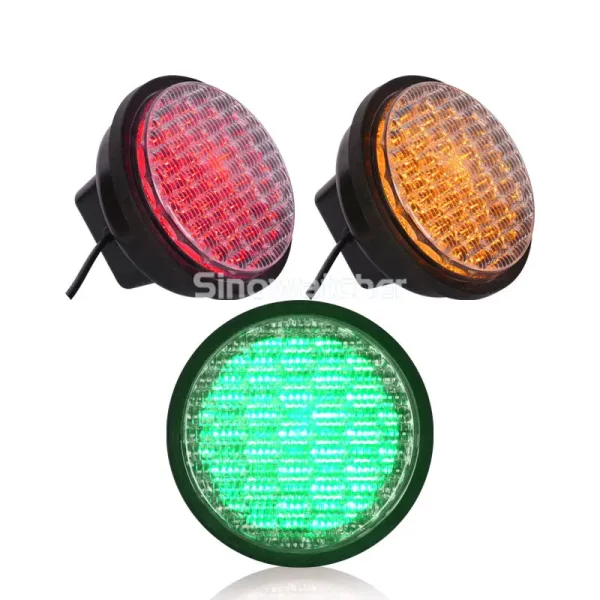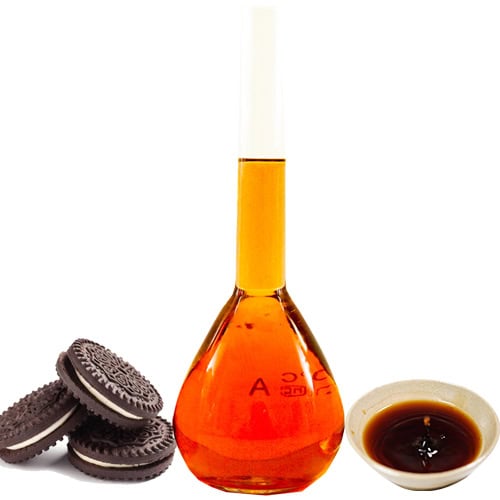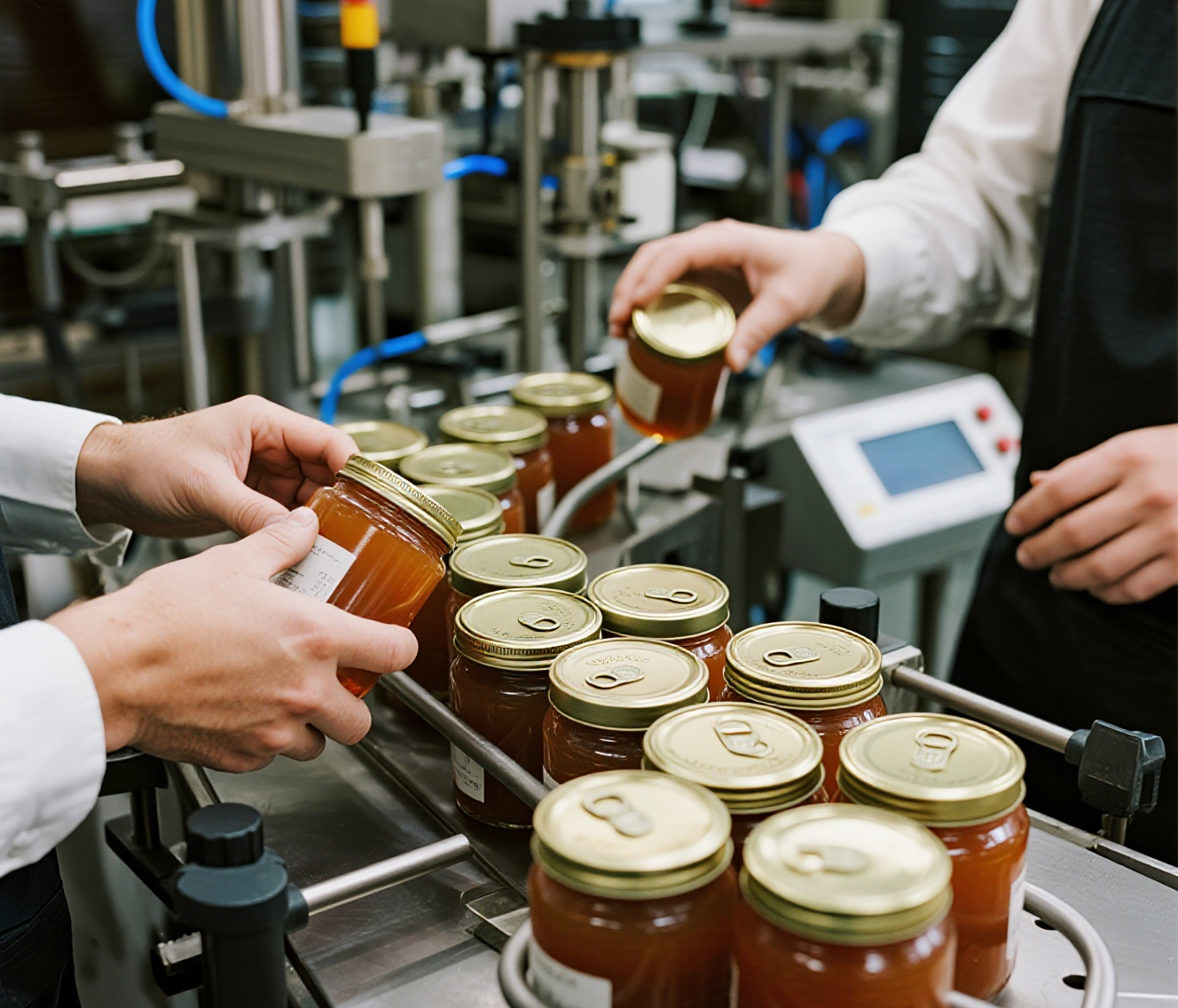目录
Liquid caramel is a beloved delicacy that adds a rich, buttery sweetness to desserts, drinks, and baked goods. Whether drizzled over ice cream, stirred into coffee, or used as a pastry filling, homemade liquid caramel delivers an indulgent, fresh flavor that store-bought caramel often can’t match.
But if you’ve just made a batch at home, a practical question quickly arises: How long does homemade liquid caramel last? The answer depends on a variety of factors, including the ingredients, storage methods, and whether it contains dairy.
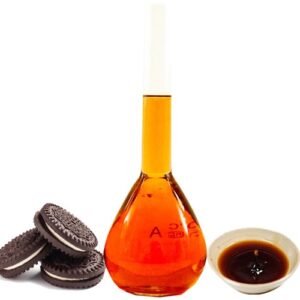
Why is the Shelf Life of Liquid Caramel so Important?
Because homemade caramel typically doesn’t contain preservatives, its shelf life is much shorter than that of store-bought caramel sauce.
Knowing the shelf life of caramel is crucial for both flavor and food safety. Proper storage can mean the difference between enjoying a smooth, rich caramel sauce or ending up with a crystallized, spoiled sauce.
The Shelf Life of Dairy vs. Non-Dairy Liquid Caramel
The primary factor determining the shelf life of homemade caramel is whether it contains dairy.
- Dairy-based caramels: Made with cream, milk, or butter, these caramels typically keep in the refrigerator for up to two weeks if stored in an airtight container. However, due to their dairy content, they are more susceptible to bacterial growth if left at room temperature for extended periods.
- Dairy-free caramels: Made with just sugar and water, or sugar and plant-based milks, have fewer perishable ingredients and can be kept in the refrigerator for up to a month.
However, regardless of the recipe, caramel should be refrigerated immediately after cooling to room temperature, especially in warm or humid climates.
How to Properly Store Homemade Liquid Caramel
To extend the shelf life and preserve the fresh taste of your caramel, follow these storage tips:
- Cool before storing: Allow caramel to cool to room temperature before sealing it in a sealed container. Storing hot caramel in an airtight jar can cause condensation, which can affect the taste and promote bacterial growth.
- Use an airtight container: Mason jars or airtight glass bottles are ideal. Avoid plastic containers for long-term storage, as they can retain and transfer flavors and odors.
- Prompt Refrigeration: Store in the refrigerator at no higher than 40°F (4°C). Avoid frequent temperature fluctuations: Repeatedly moving caramel in and out of the refrigerator can cause crystallization. Date Label: Mark the date it was made so you can track its freshness.
Signs of Spoiled Homemade Liquid Caramel
Even with proper storage, caramel will eventually spoil. Here’s how to tell if it’s no longer safe to eat: Mold growth.
Any visible mold means it should be discarded immediately. Separation or discoloration. While caramel may occasionally separate when refrigerated, any unusual color or texture could be a sign of bacterial contamination.
A sour or off-flavored taste or aroma change, especially in dairy caramels, are signs of spoilage. If it tastes sour, bitter (beyond the caramel’s naturally bitter flavor), or “off,” it’s best to discard it.
Freezing Homemade Liquid Caramel to Extend Its Shelf Life
If you make a large batch of caramel and want to keep it for more than a few weeks, freezing it is a good option. Homemade caramel can be kept for up to 3 months if properly frozen.
Freezing works well for both dairy- and dairy-free caramels, but dairy-based caramels may separate slightly when thawed. Quickly stirring or gently whipping can usually restore their smooth texture.
Why does homemade liquid caramel have a shorter shelf life than store-bought caramel?
- Commercially available caramel sauces typically have a much longer shelf life than homemade caramel sauces because they contain preservatives, stabilizers, and emulsifiers to prevent spoilage and maintain their flavor.
- Some caramel sauces are also packaged in sterile, airtight containers to effectively prevent bacterial growth.
- Homemade caramel sauce is fresh, preservative-free, and full of natural flavor, but these characteristics also make it more delicate.
- Treat it like any other homemade sauce or dairy product and consume it within the recommended expiration date.
Tips for enjoying homemade caramel before it expires
- If you’re worried about caramel going bad, here are some delicious ways to enjoy it: Drizzle it over ice cream or pancakes. Stir it into lattes, hot chocolate, or milkshakes. Dip it into apple slices or pretzels for a quick snack.
conclusion
So, how long does homemade caramel last? Its shelf life depends on the ingredients used and storage conditions. Dairy-based caramel typically keeps for up to two weeks in the refrigerator, while dairy-free caramel can last for nearly a month. For longer-term storage, freezing it can extend its shelf life to around three months.
Regardless of the type, the key to keeping liquid caramel fresh is proper storage: cooling before resealing, using airtight containers, and refrigerating promptly. Watch for signs of spoilage, and when in doubt, discard with caution.
By understanding the factors that affect shelf life, you can safely make and enjoy homemade liquid caramel without worrying about wasting this golden, crispy treat.
0